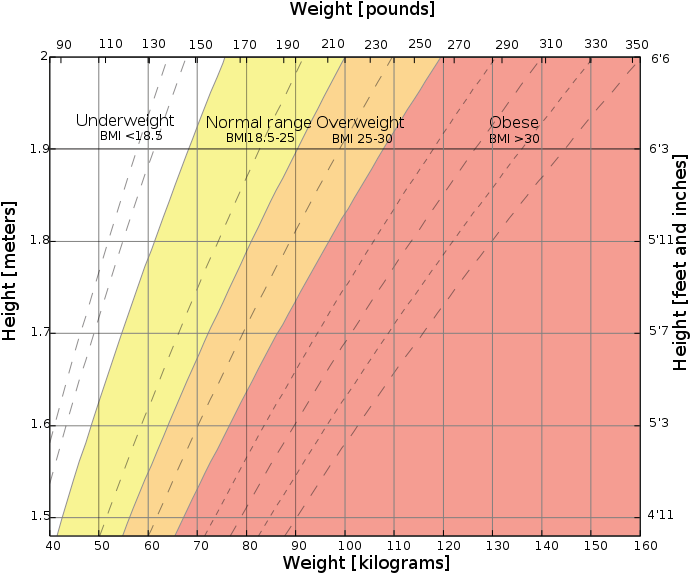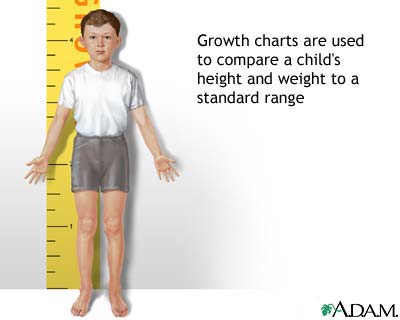How you health screen?
The ways you perform a health screen is by first creating your own questionnaire for two clients that you will be contrasting. Have both of them fill it out so you know details like there medical history, allergies, etc. Once the questionnaire has been completed you will then select five health screening's one being your questionnaire and will select one of the following which are client confidentiality, client consultation, questioning, listening, informed constant, coronary heart disease risk factors and medical referral. After you have selected your health screening procedures you then select 4 health monitoring tests you will do and the choices are heart rate, blood pressure, lung function, waist-to-hip-ratio, body mass index (BMI), and postural analysis and body fat percentage. Once you have selected your health screening procedures and health monitoring tests you can begin testing your two clients and record your results.
What is health screening?
Health screening is a process for determining health status and potential health problems of exercise participants. Health screening may include taking a personal and family health history and performing a physical examination and other medical tests.
What is the importance of health screening?
Health screenings are one of the most important things people can do to maintain proper health. Combined with a good diet and exercise, health screenings provide people with an understanding of their health and how to make necessary changes.
My four health screening procedures:
Client questionnaire is a form that all clients have to always fill out before starting there fitness training with there personal trainer. The reason being is because is so they know what you are allergic to, what injuries you currently have so then the personal trainer will know what machines you should use and also in case of emergency’s they will have your contact number so you can call them. Please find a copy of this form on the "forms" page of this blog.
Client consultation is when you have a new client coming to try out your training program and you would give them a briefing of what you require from them. The three main points of client consultation is the routes of communication, develop relationship and build up a partnership.
Client consultation is when you have a new client coming to try out your training program and you would give them a briefing of what you require from them. The three main points of client consultation is the routes of communication, develop relationship and build up a partnership.
Client confidentiality is the principle that an institution or individual will not reveal any personal information to anyone unless they are given permission by the client or a clear legal reason. This concept is commonly provided in law for most countries. This is protected by the data protection act which was formed in the year 1998 and defines the UK Law on the processing of data on identifiable people and was made to keep personal data private over the web.
Questioning is a major form of human thought and interpersonal communication. The thinker employs a series of questions to explore an issue, an idea or something intriguing.
Listening is a communication technique that requires the listener to understand, interpret, and evaluate what they hear.
My four health tests:
 A sphygmomanometer is a personal monitoring device which allows a subject to measure his or her heart rate in real time or record his or her heart rate for later study and is also used to measure blood pressure, composed of an inflatable cuff to restrict blood flow, and a mercury or mechanical manometer to measure the pressure. Blood pressure is the pressure exerted by circulating blood upon the walls of blood vessels, and is one of the principal vital signs.
A sphygmomanometer is a personal monitoring device which allows a subject to measure his or her heart rate in real time or record his or her heart rate for later study and is also used to measure blood pressure, composed of an inflatable cuff to restrict blood flow, and a mercury or mechanical manometer to measure the pressure. Blood pressure is the pressure exerted by circulating blood upon the walls of blood vessels, and is one of the principal vital signs.1. I would first ask the client to sit down on a chair and just relax there body so the test functions properly
2. Ask them to attach the sphygmomanometer to there wrist.
3. Tell them to press the start button and then I will record the results down.
1. I would ask my client to lift up his shirt and hold it.
2. I will then get the tape measure and put the start of the tape measure on your belly button.
3. I can then wrap the tape measure round you and take down your result.
A skin fold caliper is a type of equipment you use to measure your or is a common method for determining body fat composition. Accurate measurement technique is important.
1. I would again ask the client to lift up his shirt and hold on to it.
2. I would then gently pinch out some of the skin and clip the caliper onto the skin.
3. Once I get a clear result I will take it down.
Weight scale is the type of equipment that people use in order to measure there weight to check that the client is not overweight or else they cannot do your training program because being overweight can affect your performance when doing the session.
1. I would get a weight scale and place it out in front of the client.
2. I then ask them to take off there shoes and stand on the scale.
3. Once the scale shows the result I will then take it down.
Height chart is the type of equipment that is used that some personal trainers use to measure a clients height to make sure that they are not too big or too small because some equipment will require a certain height in order to complete the activity.
1. I would get a long ruler and stand it up against the wall.
2. Then I will ask the person to stand up against the wall.
3. I will then check his result and write it down.

BMI (body mass index) is a heuristic (find or discover) proxy for human body fat based on individual's weight and height. You would use this method in order to work out your body fat %.
1. I would first measure there weight, waist, wrist, hips and forearm.
2. I would then enter the results into a body fat calculator.
3. It would then give me the body fat% which I will record.
Blood pressure
Blood is carried from the heart to all parts of your body in vessels called arteries. Blood pressure is the force of the blood pushing against the walls of the arteries. Each time the heart beats (about 60-70 times a minute at rest), it pumps out blood into the arteries. Your blood pressure is at its highest when the heart beats, pumping the blood. This is called systolic pressure. When the heart is at rest, between beats, your blood pressure falls. This is the diastolic pressure.
What is low blood pressure?
The heart pumps a constant supply of blood around the body through arteries, veins and capillaries. Blood pressure is a measure of the force of the blood on the walls of the arteries as the blood flows through them.
Why might you have low blood pressure:
The time of day: your blood pressure falls overnight so it will be low towards the end of the day.
Your age: your blood pressure usually increases as you get older, but a drop in blood pressure from movement or eating are more common with age.
How stressed or relaxed you are: you have lower blood pressure the more relaxed you are.
How much exercise you do: initially, exercise will raise your blood pressure, but if you are healthy and exercise regularly, your blood pressure will be low when you are resting,
Temperature: warm temperature may cause your blood pressure to fall.
If you have recently eaten: blood will be used for digesting food in your stomach, so the blood pressure elsewhere in your body will fall.
What you can do to change it?
These are some of the things you can do to limit your blood pressure:
Stand up gradually: particularly first thing in the morning. It may also be useful to try some other physical movements first to increase your heart rate and the flow of blood around your body. For example, stretching in bed before you get up or crossing and uncrossing your legs if you are seated and about to stand.
Wear support stockings: sometimes called compression stockings, these are tight-fitting elastic socks or tights. They provide extra pressure to your feet, legs, and abdomen, which will help stimulate your circulation and increase your blood pressure.
Raise the head of your bed or use extra pillows under your head: this will increase the flow of blood in your body and will also make it easier when you need to get up.
Avoid caffeine at night, and limit your alcohol intake: this will help you to avoid becoming dehydrated, which can also cause low blood pressure.
Eat small, frequent meals rather than large ones: this will help you to prevent postprandial hypo-tension (low blood pressure after eating). Lying down after eating or sitting still for a while may also help.



